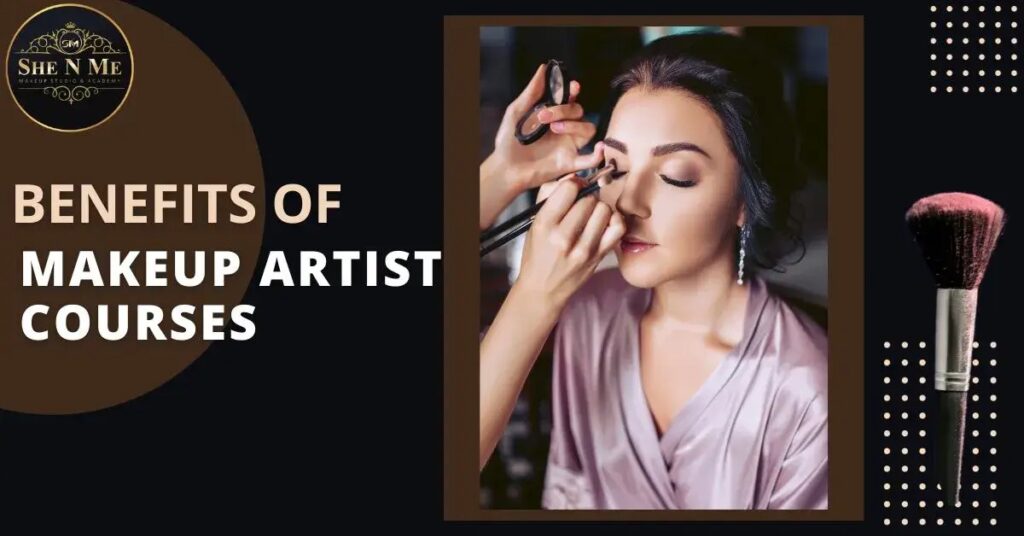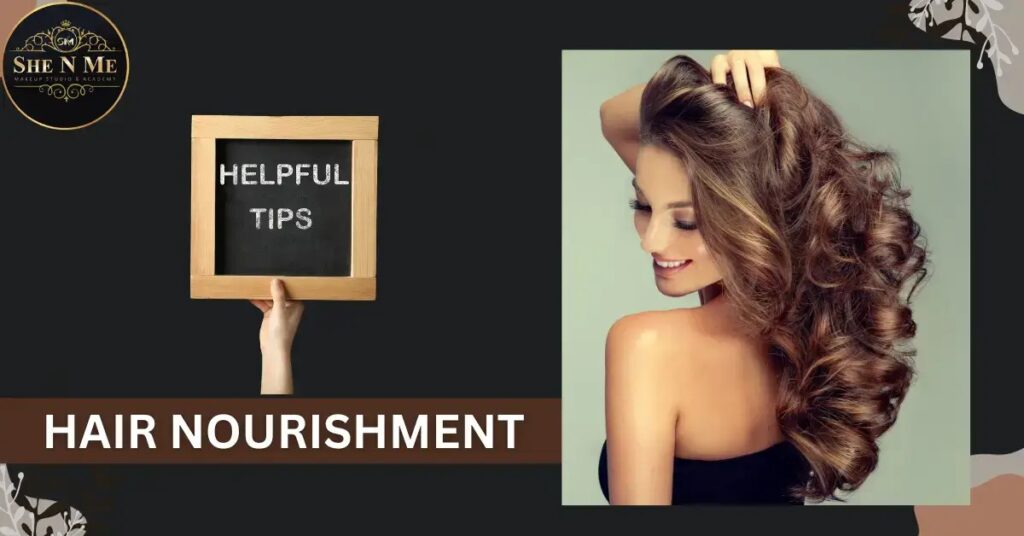Introduction
Tracing the evolution of makeup application techniques and the formalization of training programs across time are key components of a historical view of makeup education. This is a summary of how makeup education has changed over time:
Historical Civilizations:
- Ancient societies, including Egypt, Mesopotamia, Greece, and Rome, employed cosmetics for ceremonial, religious, and artistic purposes.
- Cultural customs and rituals frequently transmit knowledge of makeup application, with certain makeup looks denoting social rank and duties.
Renaissance and Medieval Times:
- Makeup was connected to courtly life and theatrical performances in the Middle Ages. Makeup application became an art form performed by the aristocracy, and lead-based cosmetics were frequently employed by noblewomen.
- Beauty books and guidelines with advice on skincare and makeup first appeared in the Renaissance. These guides functioned as the first documented cosmetics instruction materials.
18th and 19th Centuries:
- Beauty salons emerged in the 18th century as a place where ladies could go for advice and treatments related to appearance. But there is no official makeup education system in place yet.
- Social conventions from the Victorian era promoted a more understated use of cosmetics in the 19th century. Women used to make their own cosmetics, and women’s periodicals were a common source of beauty advice.
The early 20th century:
- Beauty schools that provided systematic training in cosmetology, including makeup application, began to appear in the early 20th century. For people who were interested in a career in beauty, these institutions offered standardized instruction.
- Particular makeup methods grew more common as a result of the entertainment industry and Hollywood’s impact, particularly with the rise in popularity of film and photography.
In the middle of the 20th century:
- Following World War II, more beauty schools and vocational training programs sprang up. A wider audience gained more access to the beauty business.
- Professional makeup artists became well-known in the fashion and entertainment sectors, demonstrating their abilities and raising the need for qualified makeup artists.
Late 20th century:
- Schools dedicated to makeup artistry for the fashion, film, and television sectors started to appear. These schools provided concentrated instruction on makeup techniques.
- With the introduction of cable television and the growth of music videos, makeup artists’ prominence grew even more, impacting fashion trends and encouraging others to work in the field.
The 21st century:
- Education about cosmetics has been changed by the internet and social media. Online guides, blogs, and videos have become indispensable tools for anybody looking to pick up cosmetic skills on their own.
- Through social media, makeup artists rose to fame and helped spread beauty trends and methods around the world.
- Certain cosmetics education programs have included technology, such as virtual reality and augmented reality, providing students with new and creative methods to practice and learn.
The development of cosmetics education over time has been influenced by cultural norms, societal attitudes, and technological breakthroughs. Makeup education has evolved throughout time to satisfy the shifting requirements and tastes of those looking to improve their beauty talents, from antiquated customs to modern internet lessons.
The way cosmetics education has changed throughout time has been dynamic, reflecting shifts in technology, cultural conventions, and the beauty business itself.
The following are significant moments in the development of makeup education:
1) Informal Tradition:
In the past, families and communities frequently exchanged information about cosmetic application techniques through informal traditions. This informal education was based on local and cultural customs and frequently lacked standards.
2) Rise of Beauty Schools:
Beauty schools first appeared in the early to mid-1900s. These institutions provided organized cosmetology training courses that covered makeup application. Standardized beautification techniques have their roots in the instruction these institutions provide.
3) Media Influence:
The introduction of television and the expansion of the film business were major factors in the popularization of cosmetic trends. The visibility of makeup artists increased, and various media frequently featured demonstrations of their skills. Growing interest in professional makeup artistry was facilitated by this greater prominence.
4) Professional Makeup Artistry Programs:
As the fashion and beauty industries evolved, so did the need for qualified makeup artists. In the later part of the 20th century, this resulted in the creation of specialist makeup artistry programs. These courses were designed to teach students the skills and methods of applying makeup in a professional setting.
5) Celebrity Makeup Artists and Influencers:
As social media grew in popularity in the twenty-first century, these individuals started to have a significant impact on the development of beauty trends. The widespread availability of online lessons, product evaluations, and behind-the-scenes industry glances has a significant impact on aspiring makeup artists and lovers.
6) Technology Integration:
One revolutionary element in makeup education has been the incorporation of technology. Online guides, augmented and virtual reality apps, and interactive learning environments have become standard resources for professional and aspiring makeup artists to improve their techniques.
7) Diversity & Inclusion:
The value of diversity and inclusion is being acknowledged by the beauty industry more and more. To promote a more inclusive and representative view of beauty, makeup education schools now seek to educate artists on how to deal with a wide range of skin tones, races, and characteristics.
8) Professional accreditation:
A lot of makeup artists go to accredited organizations or schools for official accreditation. In-depth instruction on a variety of subjects, such as safety, cleanliness, and current developments in the field, is provided to prospective makeup artists through certification programs.
9) Specialization and ongoing education:
To keep current with emerging trends, methods, and products, makeup artists nowadays frequently participate in ongoing education. Specialized courses and workshops have emerged as a result of specialists specializing in fields like editorial work, special effects, or bridal makeup.
10) Globalization of Trends:
Global makeup education has grown increasingly interconnected as a result of the globalization of beauty standards and trends. By sharing and learning from one another, artists from various geographical and cultural backgrounds may enrich and diversify the cosmetics industry.
Technological innovations, industry changes, and shifting beauty standards continue to influence the growth of makeup education. Makeup education will probably change to match the demands of a dynamic and always-evolving sector, as the beauty business does.
I hope you enjoyed reading my blog on “The Evolution of Makeup Education: A Historical Perspective” and found it useful. Follow us for more such informative content on She N Me Academy. Kindly stay in touch and add us to our social media accounts.![]()
![]()


